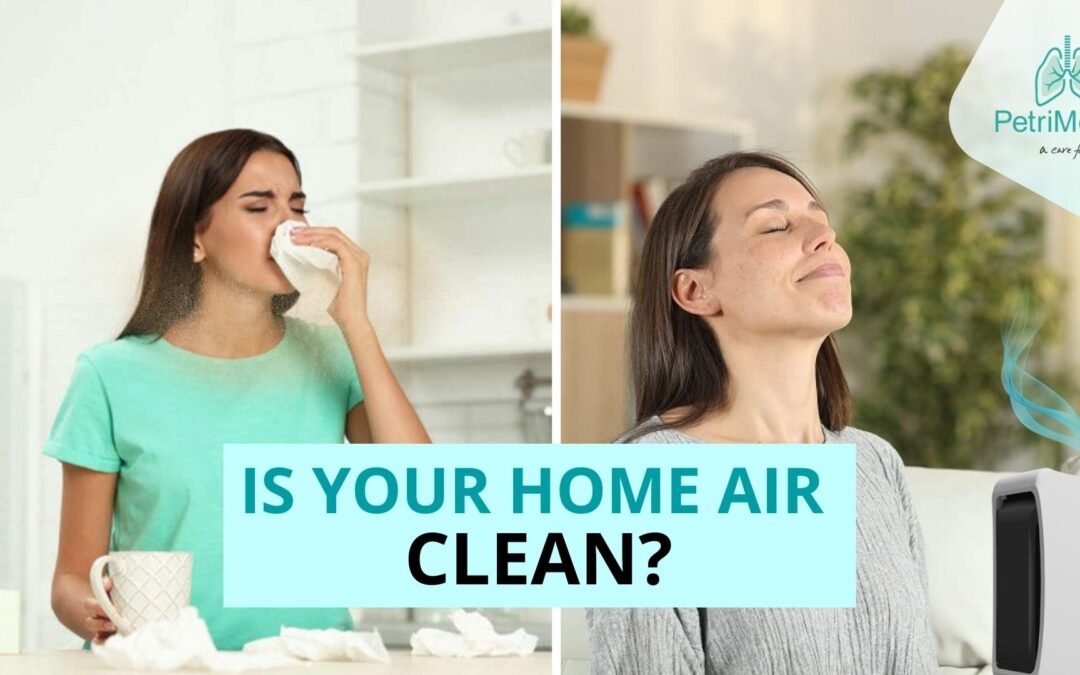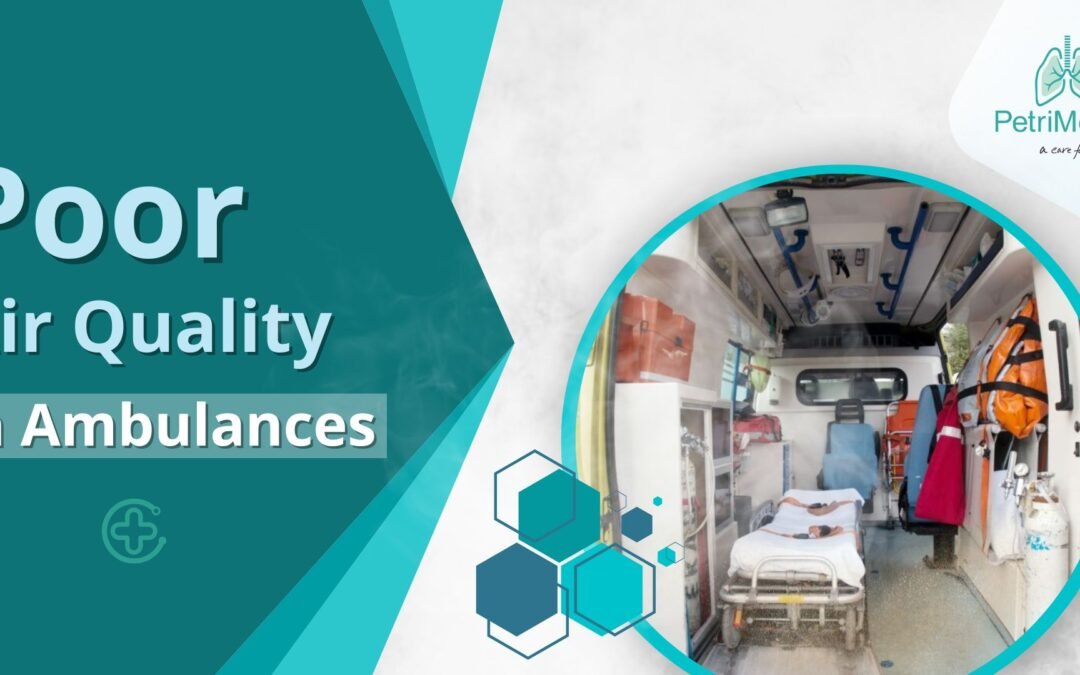Sleep disorders are conditions that lead to disturbed sleep pattern. It literally means “lack of sleep at bedtime”. Sleep is one of the crucial and basic parts of human functioning, and if a person doesn’t have a full night’s refreshing sleep, it may affect his health and the quality of life.
The prevalence of sleep disorders in India has increased over the last few years. Studies have concluded that the condition more prevalent than other health problems like heart disease, cancer, AIDS, diabetes and others.
Most of us generally sleep well, but modern life, particularly urban life is occupied with several events that cause irregular sleep patterns, and the events turn out to be disorders only when despite suitable opportunity, sleep is lacking over and over again.
Apart from all these things, studies find that the indoor air in homes can also trigger or exacerbate acute sleep disorders in case of excessive exposure to harmful pollutants.
A study, steered by the University of Washington in 2017, found that people who lived in areas with high concentrations of outdoor air pollutants were about 70% more likely to experience poor sleep than those in areas with the low level of indoor pollution.
Link Between A Good Night’s Sleep and Air Pollutants
You may find it easier to fall asleep when your bedroom is cool and there is a slight breeze from a fan or open window. Stuffy, warm rooms can make it feel almost impossible to fall, and stay asleep because of the difference in comfortable temperature as well as air quality between the two scenarios.
According to a journal published by the ASHRAE, overnight exposure to high levels of carbon dioxide (CO2) can lead to lower sleep efficiency. The journal also found that decreased sleep caused by a lack of ventilation may lead to decreased cognitive function the following day.
People tend to fall asleep more quickly in bedrooms with comfortable temperatures and good air quality. These conditions also improve sleep quality, according to Pawel Wargocki, Ph.D., Associate Member ASHRAE.
In another study, presented at the American Thoracic Society’s annual conference in 2017, the researchers found that the higher concentration of nitrogen dioxide and ultrafine particulates known as PM 2.5 is linked with a greater chance of having poor sleep quality.
A long-time exposure to PM2.5 and other indoor pollutants triggers some short-term symptoms like sneezing, throat irritation, and shortness of breath. And these symptoms can cause breathing issues that lead to disrupted sleep, according to the study’s authors.
Solution to Improve Indoor Air Quality for a Good Night’s Sleep:
While there are some simple ways of making indoor environment healthier, to ensure long-term improvement in the air quality, experts recommend considering an air purifier. They are engineered to reduce the level of dust and tiny particles, including mold spores, bacteria, VOCs.
PetriMed CA Air Purification Systems are an additional preventive measure in the fight against the side effects of indoor pollutants. Its filtration effectiveness is achieved through a combination of the high-performance HEPA H14, zeolite pre-activated carbon filter, UV-C, and air ioniser.
Finally, remember an air purifier alone won’t eliminate all types of pollutants in your home. But if you’ve got a perfect air purifier engineered with the latest filtration technologies, an air purifier could help to reduce them further.
Contact US

Vaping Is A High Risk For Young Hearts
For decades, the news had been so good. The number of teenagers smoking tobacco products was falling. “Billions of dollars, tons of manpower and effort, were spent on informing y.oung people about the harms of smoking,” said a cardiologist. “And we were successful. Smoking rates across…

Is Your Home’s Air Clean?
The air we breathe in a closed space affects our health and ability to fully contribute to society and live a healthy our healthiest lives. For over two years, the impact of COVID-19 has highlighted that how clean indoor air plays an important role in response and recovery — the spread of the virus can be reduced…

Risk of Ambient Concentration of Particulate Matters Associated with Ambulance Services in India
An ambulance is a medically equipped vehicle which transports patients to treatment facilities, such as hospitals. Typically, out-of-hospital medical care is provided to the patient during the transport. Ambulances are used to respond to medical emergencies by emergency medical services…


0 Comments